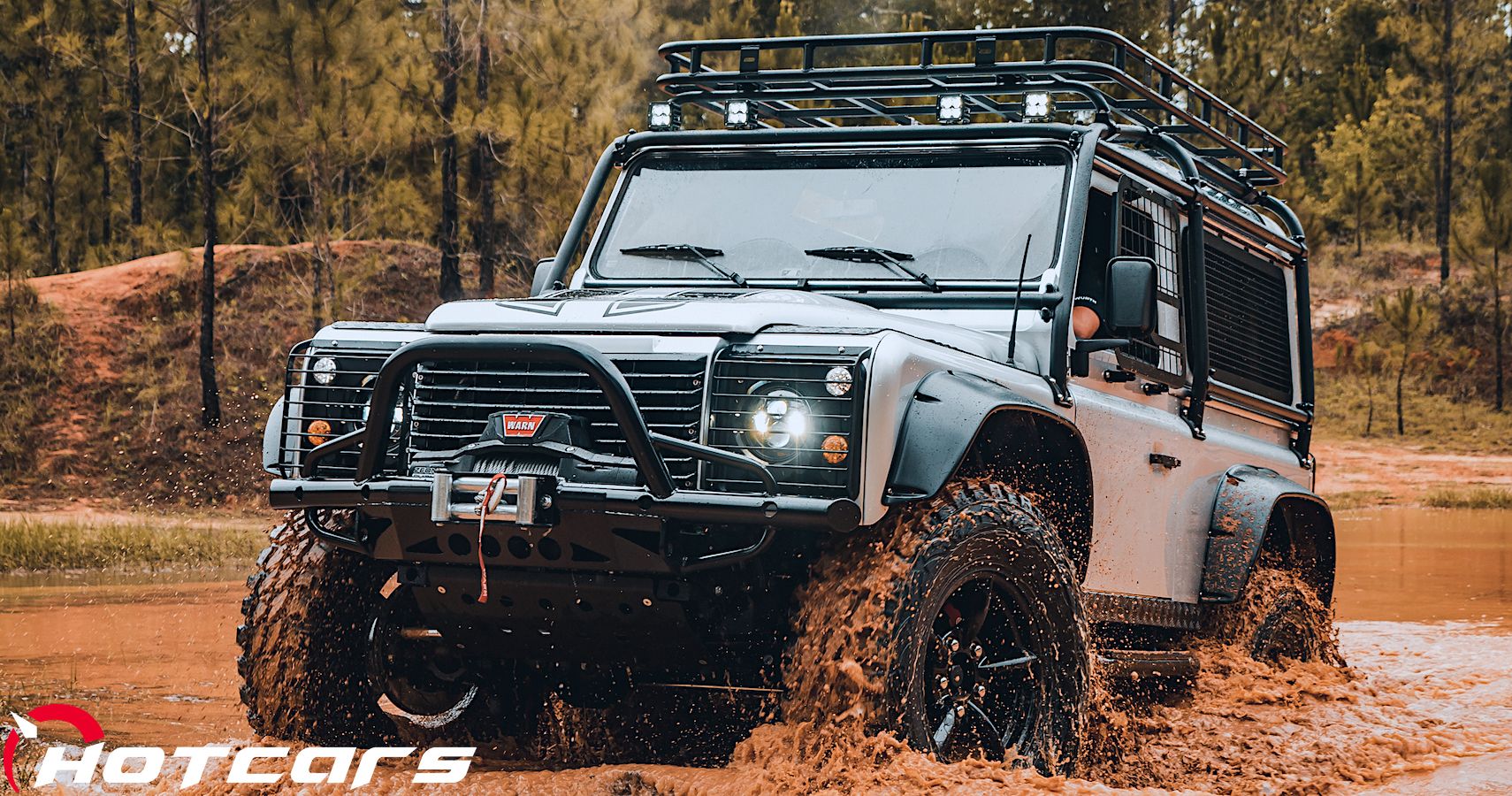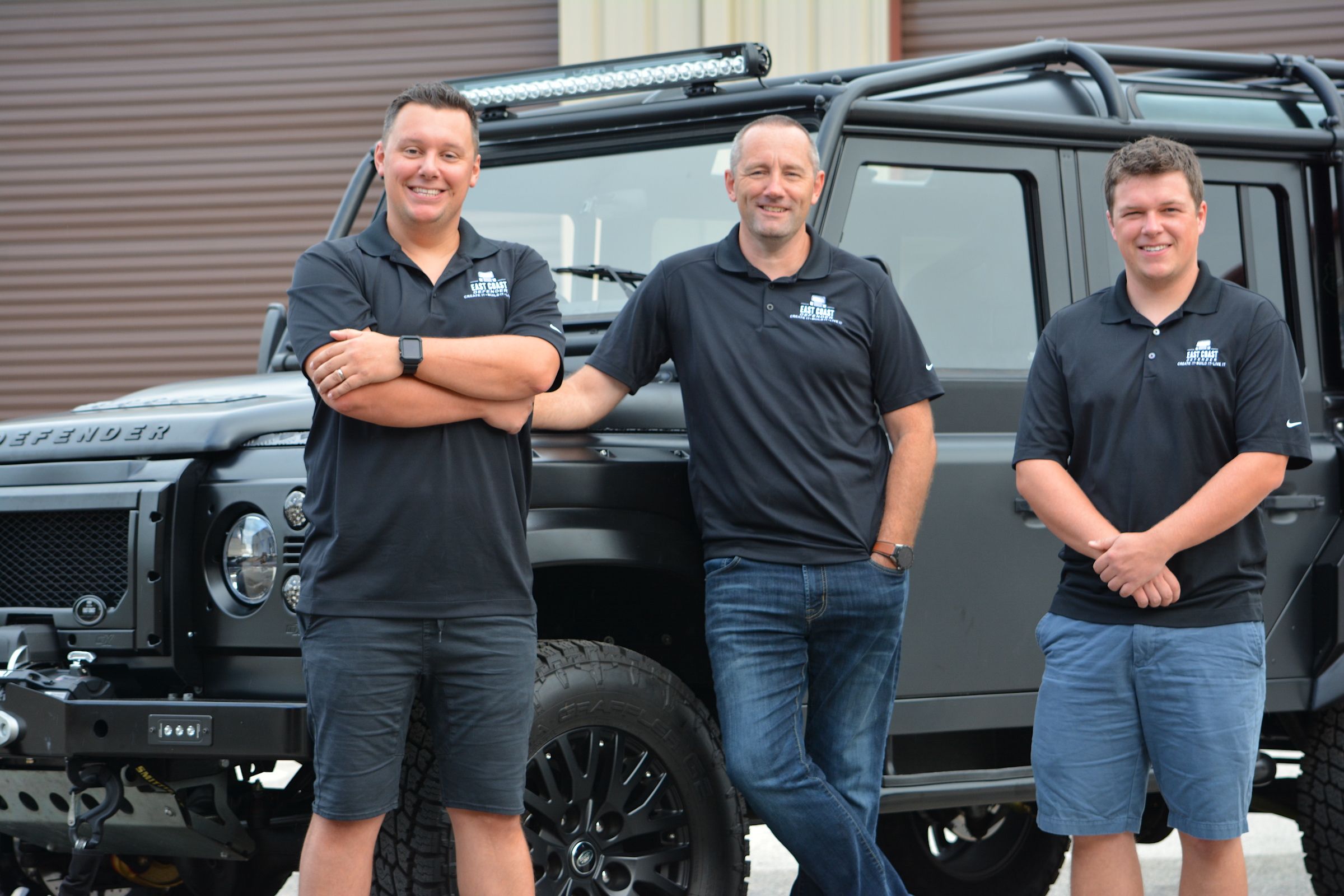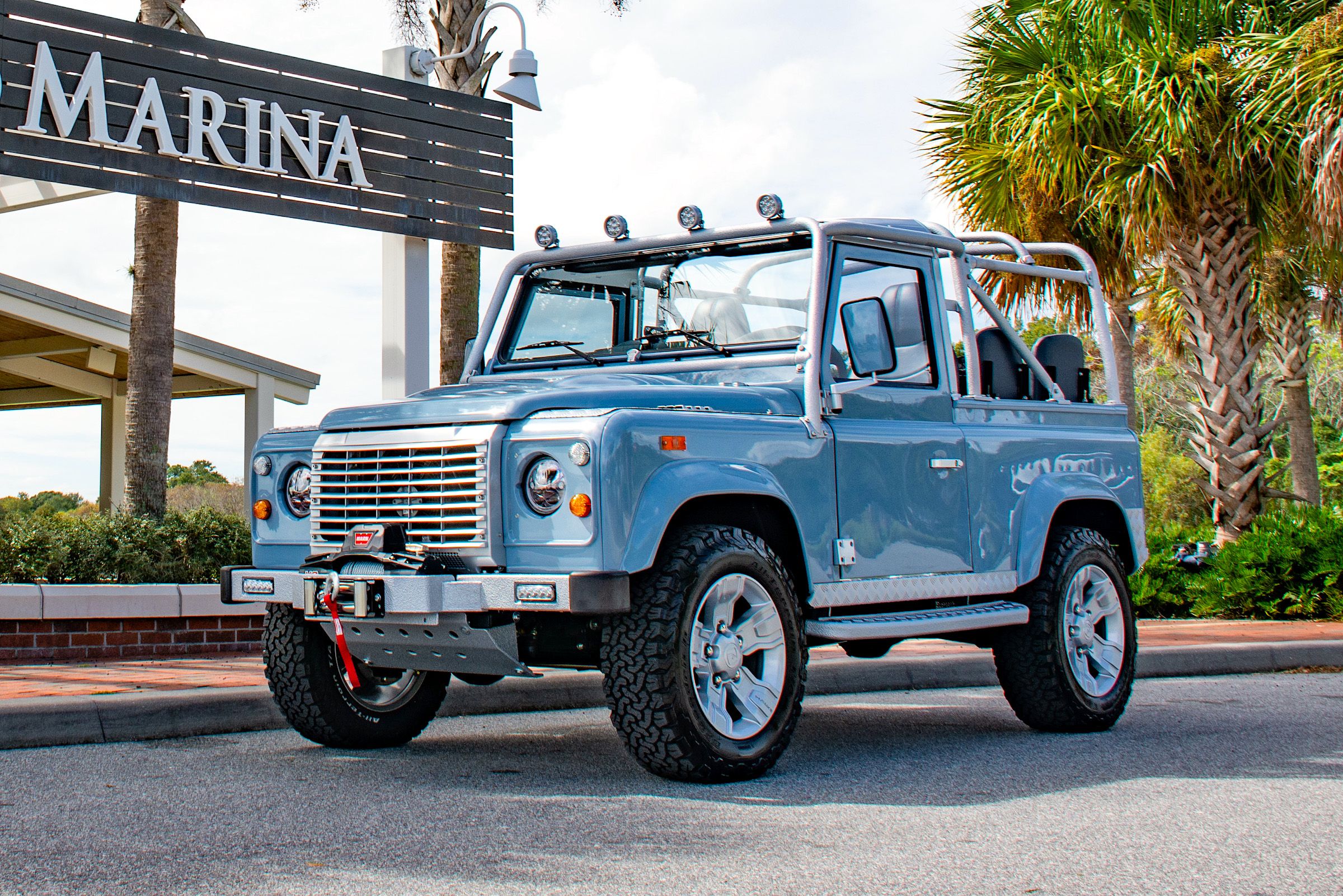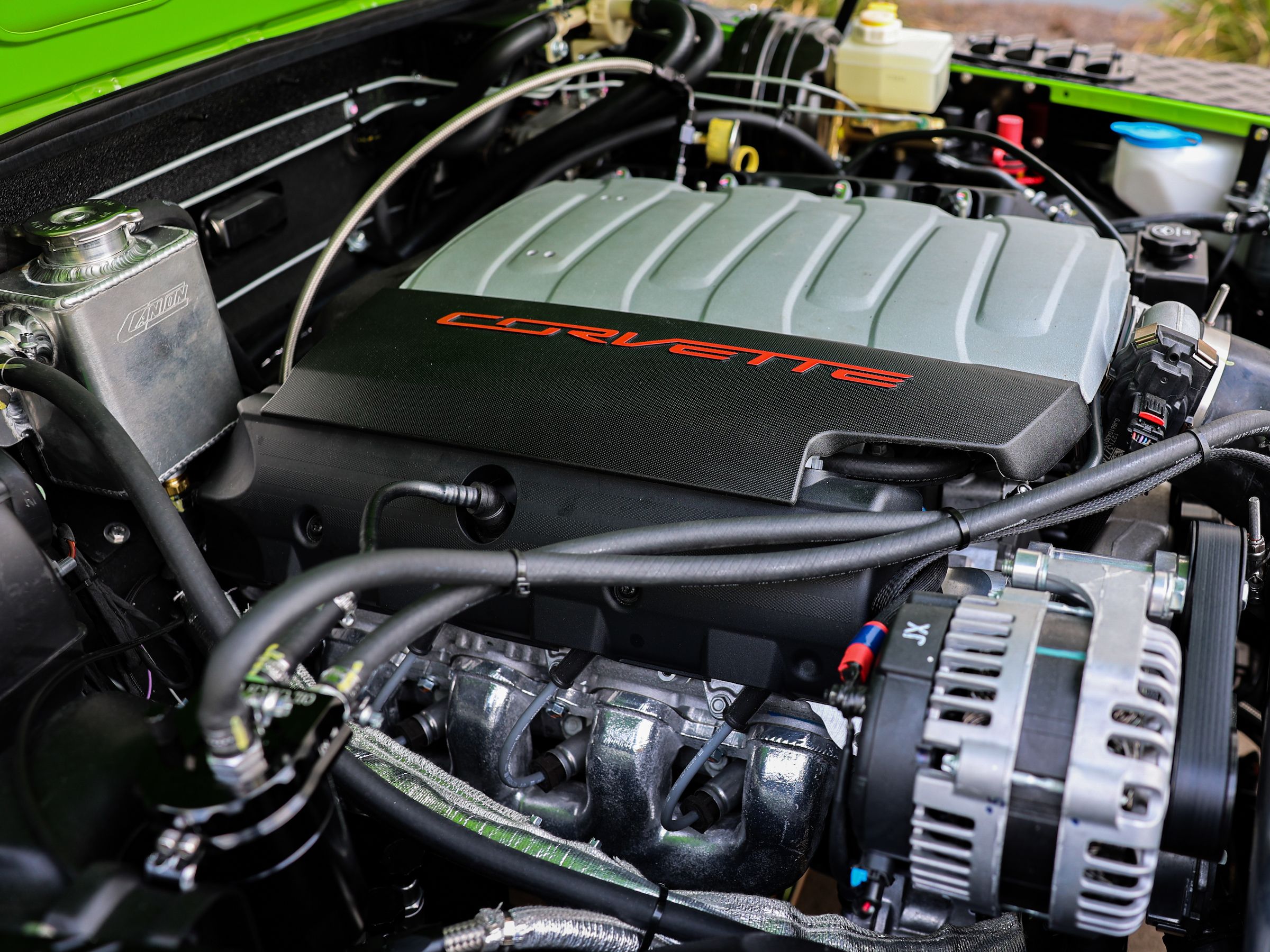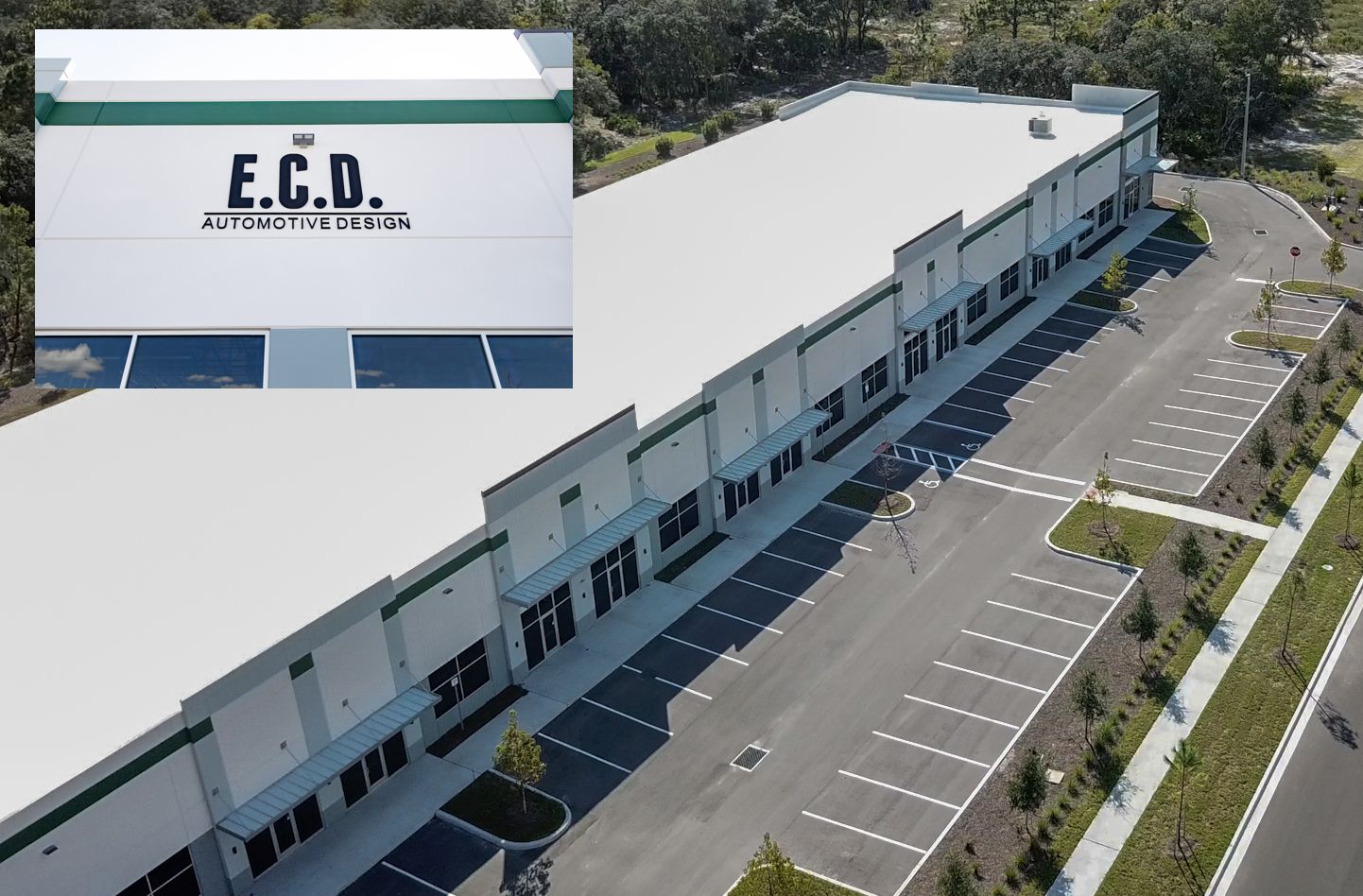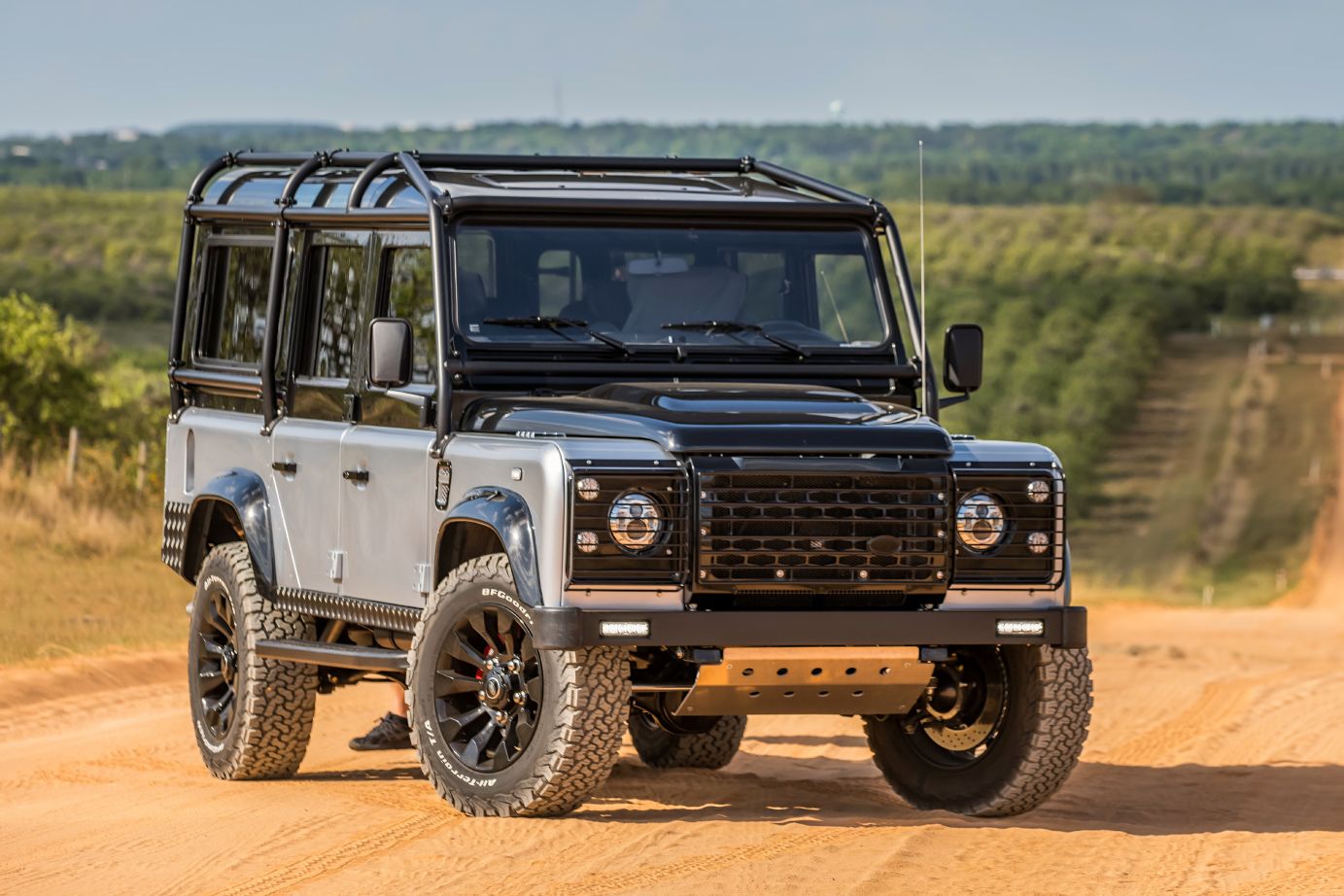The market for high-end restomods has been evolving ever since Ringbrothers of Wisconsin built some of the first in-house examples to showcase their expertise at the annual SEMA exhibition, setting a high bar for quality with their bespoke muscle cars. Owing to the exceptional standards and detail incorporated into their early creations, Singer Designs, and Eagle GB would see an influx of interest and demand, leading them to specialize in a single marque and model. Singer Designs, based in Los Angeles, California, are classic Porsche 911 specialists, and Eagle, renowned for their flawless Jaguar E-Type reincarnations, operates from Sussex in England. Since 2013, Florida-based E.C.D. Automotive Design has specialized in Land Rover Defenders, building an enviable reputation for exceptional quality matched by an obsessive focus on process and the client experience.
The Genesis Of E.C.D.
It was the kind of impromptu bar talk anyone reading this will recognize immediately. In this case, the subject was cars of the ‘80s. Having derided and applauded the awful Rover Metro and the excellent Peugeot 205 GTi appropriately, the conversation turned to the Land Rover. Our protagonists, two British ex-pats now living in Florida, shared a love for the old Defender. By the time they’d drained the suds on the last of their beers, they had eagerly outlined a plan to build a business restoring Land Rover’s iconic 4x4s and modernizing them to a luxurious level, as yet unseen in a Defender.
“When I finally went to leave,” Scott Wallace recalls of that first meeting, “I said to Tom, you'll never do this, you know. You're way too comfortable.” Tom Humble was working for VW Porsche at the time, and Wallace understandably assumed that, as with most well-lubricated barroom business ideas, the enthusiasm would wane just as the hangover persisted. “I woke up the next morning to a text from Tom,” Wallace said, shaking his head with lingering disbelief, “it read, ‘I just resigned.’” Elliot Humble, Tom’s younger brother, and the most fanatic admirer of the Defender among them, also received a text from Tom. Elliot was driving along a UK highway at the time, returning to university after the summer break. Wallace added, “Elliot texted back that he’d turned the car around, and wasn’t going back to college.”
Utopia Or Bust
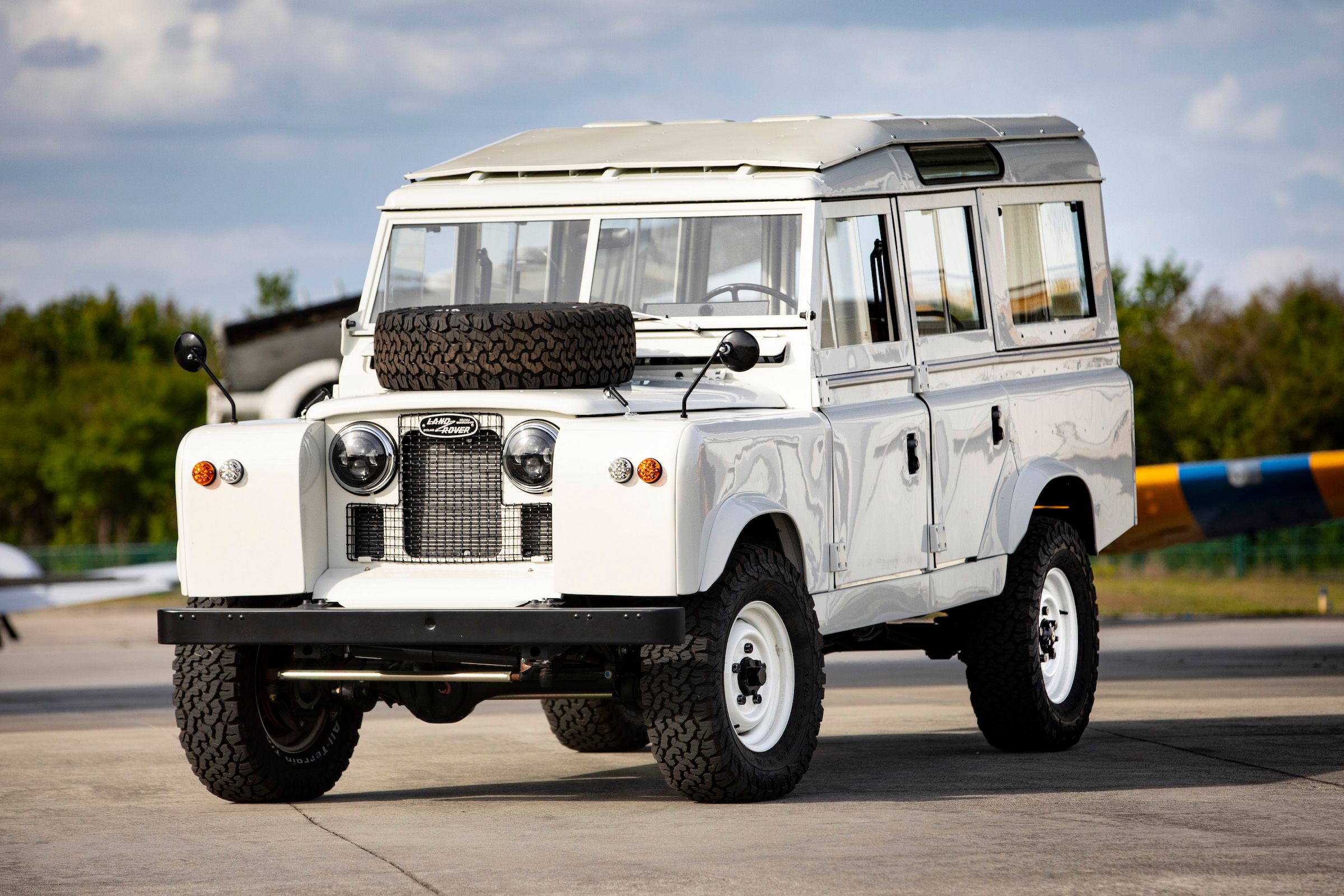
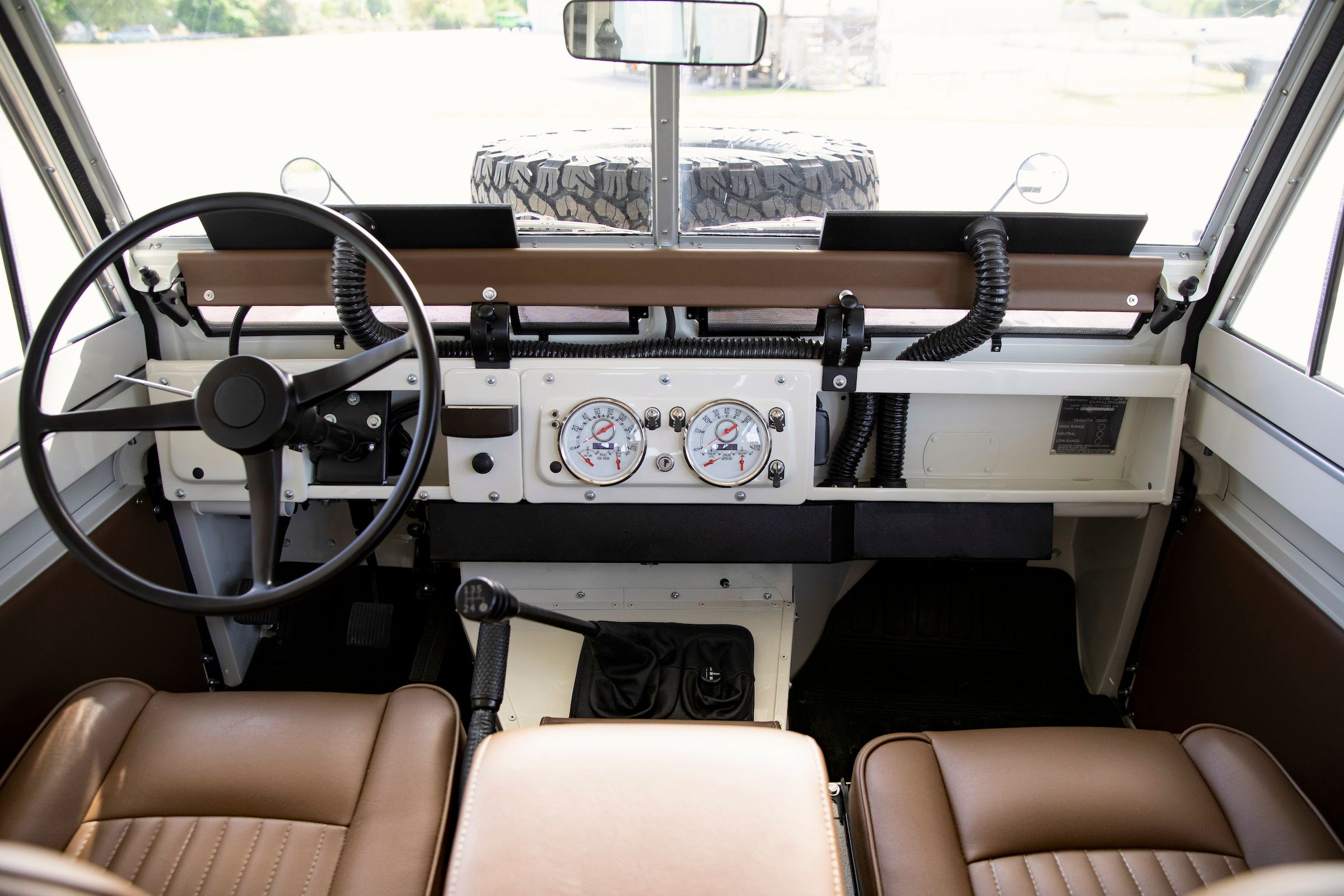
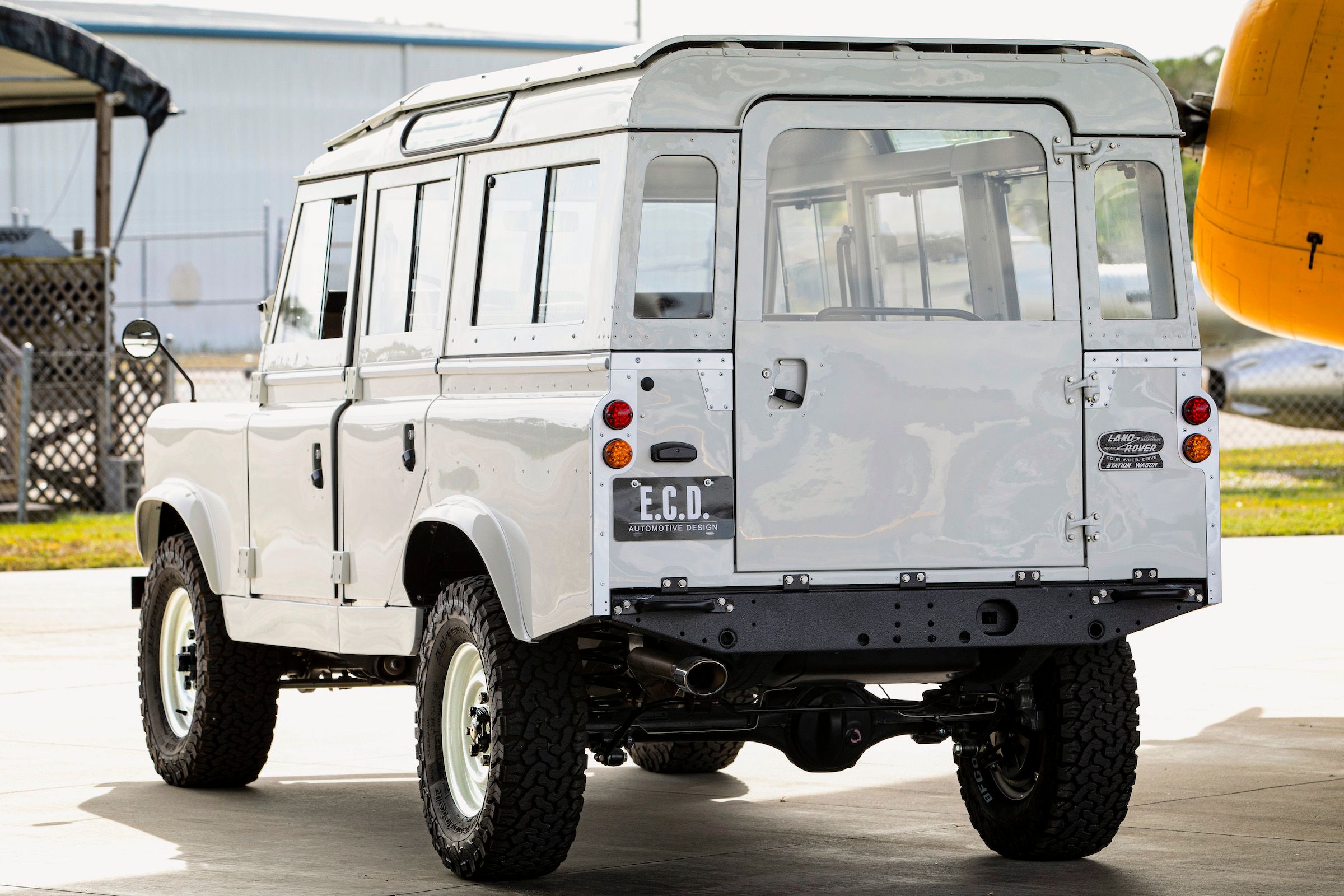
In 2013, Tom and Elliot Humble partnered with Scott Wallace to form E.C.D. Automotive Design. The three would later meet at a Wawa Station, where they discussed the proposed company’s founding principles, which, at the outset, they agreed must be mutually exciting and enjoyable. Wallace still has the list of values they jotted down that would define their new firm. “We wanted to do every single element in-house,” Wallace explained, “it had to be a full restoration from the ground up, and every vehicle would be bespoke, where clients would be able to choose all the aspects.” Wallace was under no illusions. With no guarantee of a market, theirs was a risky plan. At that stage, E.C.D. had no facilities, mechanics, or manufacturing experience. Just an idea and an excess of gumption.
“We took a small lease, and set about our mission,” Wallace said, “and by 2017, we’d done it. Everything was in-house, we had our own paint shop, our own upholstery, in-house electrical teams, harness building, everything.” This enabled E.C.D. to maintain its exacting standards while scaling the operation. In-lieu of true manufacturing experience, they applied logical business disciplines Wallace had garnered from a successful background in the hospitality industry, developing a well-defined process, which enabled them to grow production from a single car each month, to one every four days. In addition, Wallace would apply the same client-focused principles he applied to five-star hotels. Looking back, he discerns their ignorance of existing automotive manufacturing proved to be more of an asset than a hindrance.
A Bespoke Car And A One-Off Experience
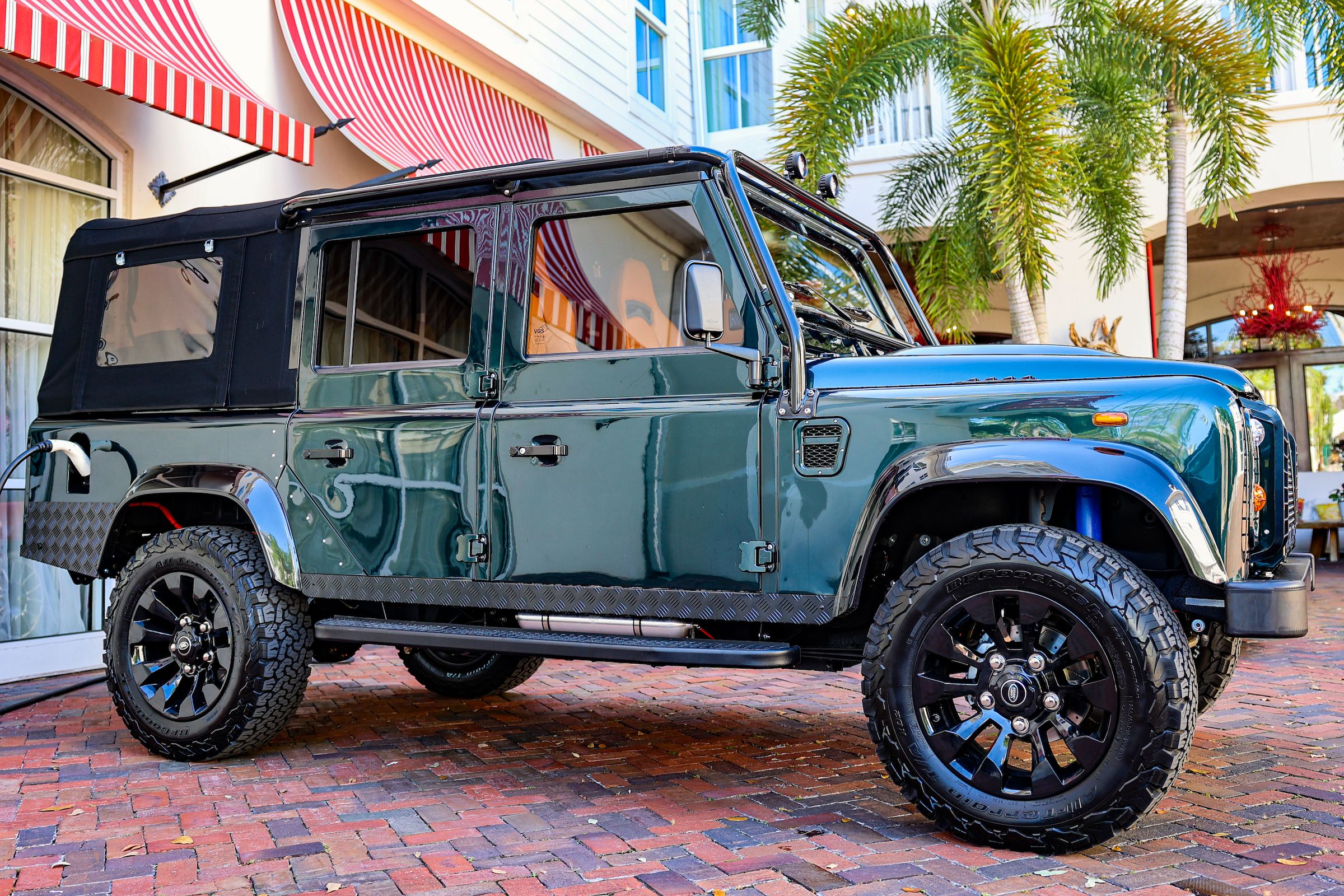
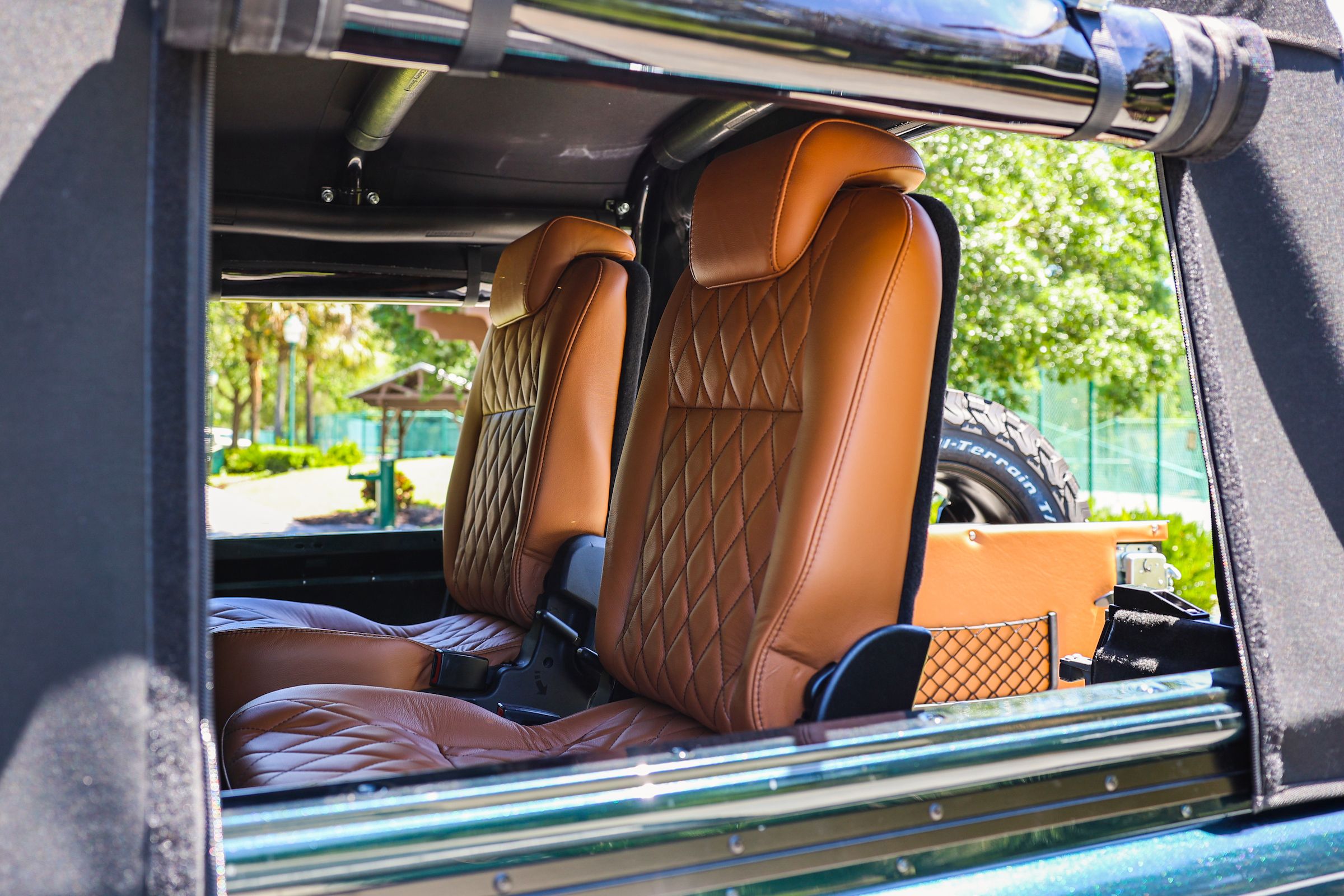
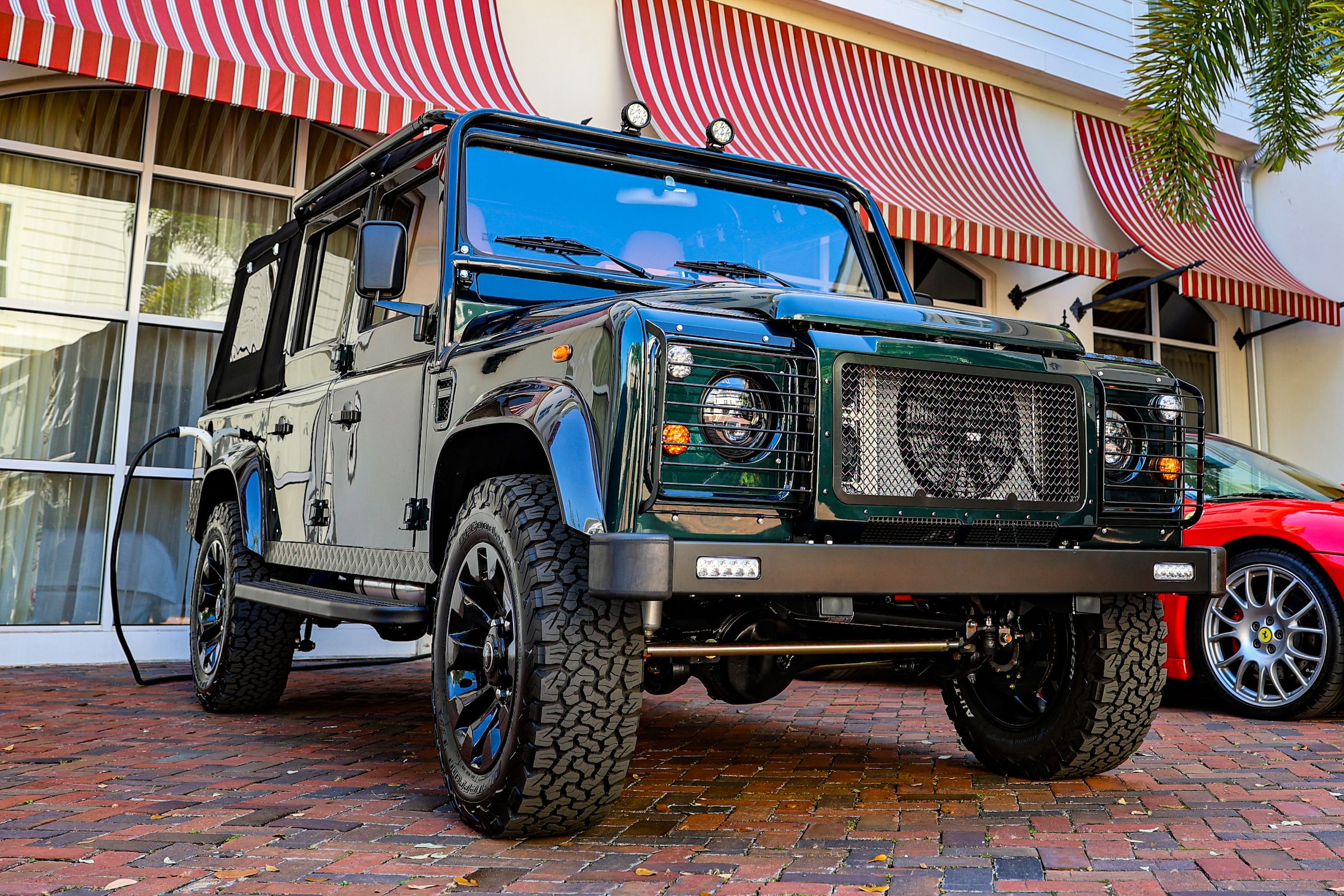
Wallace recalled buying a Ferrari, delivered with a dent in the door. “We understood that buying a luxury car isn’t a great experience,” he said. “Owning a luxury car isn’t a great experience, and aftercare isn’t. Why? Because it's not consumer-based.” Wallace claims that the firm reinvests 7% of revenue into client services, ensuring that buying a vehicle from E.C.D. is a choreographed experience beyond expectation. Once ordered, each E.C.D. vehicle takes a total of 14 months to build. The design process takes eight of them. Having chosen a base Defender or Range Rover model, clients can choose seat layouts and a vast array of other options. After which they regularly receive small packages from the E.C.D. Concierge Team, containing paint samples, fabric swaths, and stitch patterns, amongst a myriad of other choices. “If you’re a car guy, it’s like Christmas,” Wallace said. With all the final build elements agreed upon, the team creates a 3D rendering, allowing clients to gaze over their dream builds for the first time. “I insisted the rendering must load in 15 seconds or less,” he added, providing an insight into his exacting brand of client management.
Wallace told me the firm never fails to source a Land Rover donor car. “We have a two-man team working full-time to source donor cars, and, he pointed out, “there were two million [Defenders] built, I only build 64 a year, and the only part we use is the frame.” With the final 3D rendering signed off by the client, the team gets to work tearing the donor car down to the frame, which must pass an inspection before being media blasted and moved to the repair shop, after which it is re-galvanized, and now ready to form the base of a new bespoke Defender. Clients can watch their vehicle take shape online via the workshop’s camera system. Each E.C.D. Defender build requires 2,200 work hours to complete.
I asked Wallace if they ever get any outlandish requests from their clients, and he said E.C.D. are regularly asked to add entirely non-standard parts and functions. One such client requested the installation of an automated set of steps that could unfurl, allowing her pet dogs to gain easy access to a luxury air-conditioned kennel, which she asked they also build into the design. “It was actually very cool,” he said. Another client specification required that every single part came finished in black. That’s every panel, nut, bolt, screw, everything. But they had to draw the line at the under-floor aquarium.
Quality And Aftercare
Although expensive and luxurious, restomods are generally the products of small, independent shops where aftercare can sometimes be more of an afterthought. Wallace expounded on E.C.D.’s post-sales experience. “We don’t want clients pressing one to leave a message, our concierge team is a 24/7 operation.” He added, “Our quality control is one of the most robust in the industry; we have it down to a fine art.” Elliot Humble still conducts the final test drive on every single truck, and Wallace points out that a new punch list of items will often follow. When the inevitable breakdowns occur, E.C.D. relies on a network of trusted partners to provide first-level assistance. At the second level, the car returns to Kissimmee, Florida, or an E.C.D. mechanic, and any required parts, will go to the vehicle’s location. Wallace adds, with evident pride, that the firm regularly receives repeat business and only recently took three new orders from existing clients. That's saying something when you consider you’ll need $150,000 just to sit down and start talking options on your new Defender.
"Making It Good And Doing It Fast"
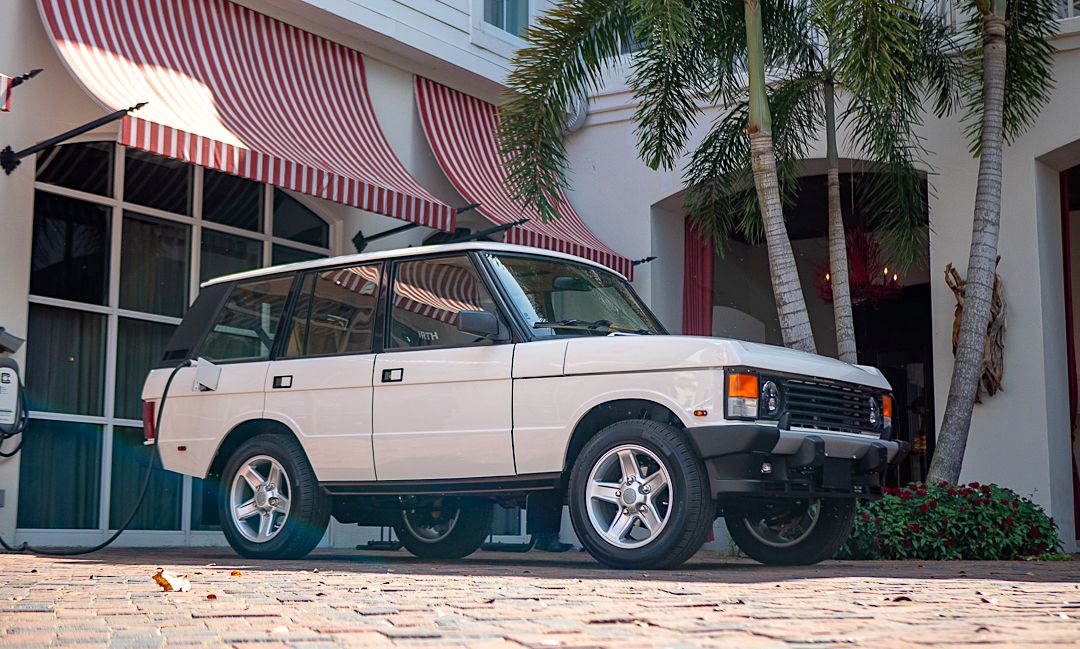
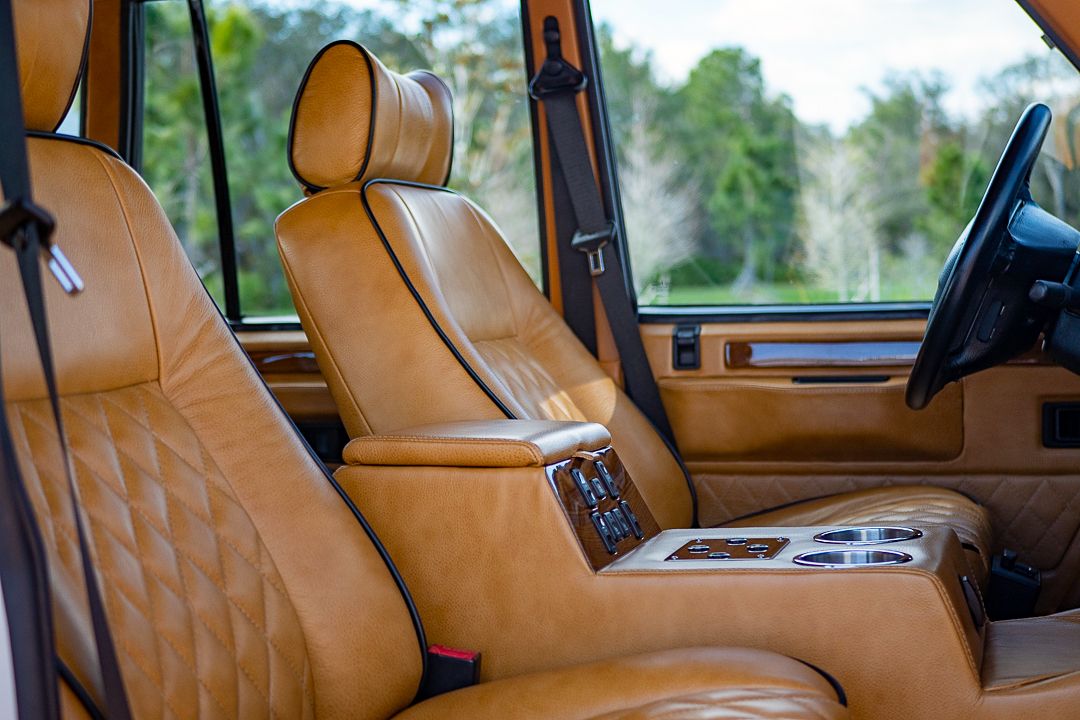
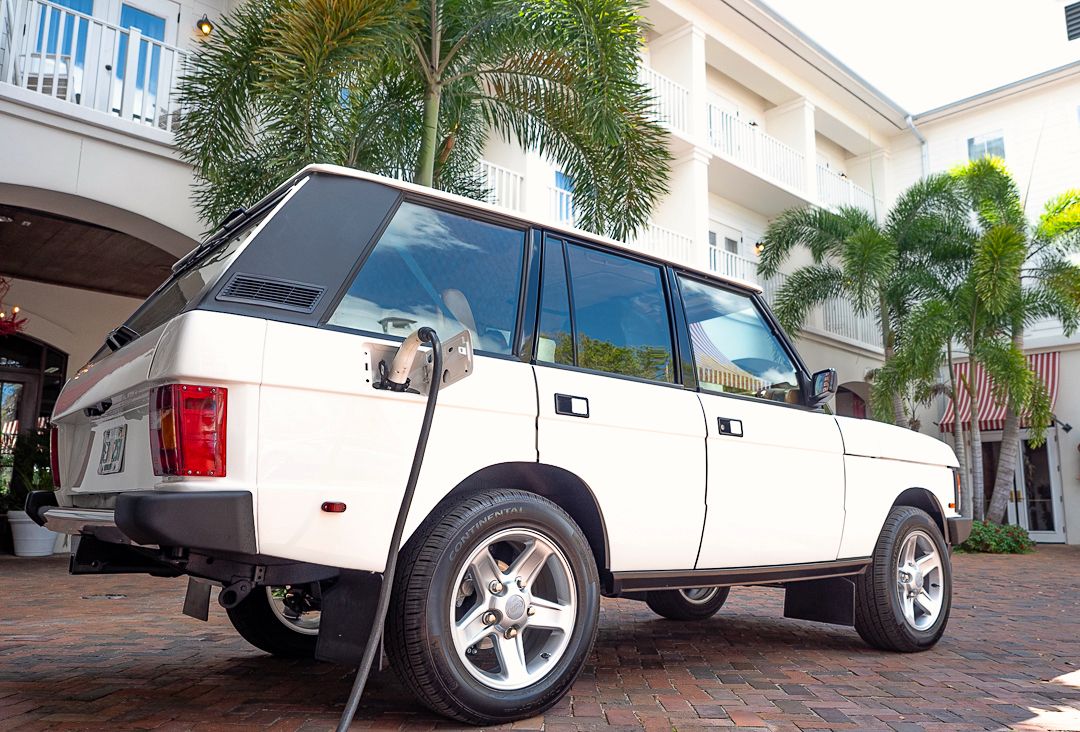
The firm recently started offering clients Chevy’s new LT1 engine, destined to replace the old LS series, which made its E.C.D. debut in the Project Naw build. Rather than spend months researching how to incorporate the new engine, they looked at its basic dimensions and drivetrain requirements, and dropped it into the existing production line. Unconventional, certainly, but Wallace says his do-or-die approach works, “We’ve got a quote on the wall that says Utopia or Bust,” and he added, “It’ll never be a Harvard business, it’s a business based on instinct, common sense, and changing the norms.”
Rather than devote time and resources to a more traditional R&D approach, Wallace said the firm built a culture of “killing alibis” when it comes to handling production issues. “I’ll ask production to tell me the five reasons they can’t do it, whether it be tooling, parts, storage, or whatever, and I’ll get those things.” At which point, it's presumably up to them. He added, “We have a relationship with the guys where there’s no hierarchy here.” To make the point that his staff feels empowered by the culture, he recounts a time when a mechanic left a set of oily calipers on the parts desk and a post-it-note with the simple explanation: “These are sh*t.” Wallace told me that the team shares the same passion to deliver the best product possible, and they lead many of the business decisions. “These guys are the heroes,” he said, “and we’ve never done less than 100% growth year on year.”
Turning The Global Pandemic Into An Opportunity
Years of hard work paid off, and by 2020, E.C.D. Automotive Design was humming along like a well-oiled machine and close to releasing their first EV build when the Global Pandemic struck. “I was pretty scared,” Wallace admits. “We import a lot of parts, and shipping and supply chains were becoming an issue.” Tom Humble returned to the U.K., the source of many of the specialist parts required to run production, and the firm decided to open its own UK-based logistics and sourcing center. With the parts supply secured, E.C.D. also broke ground on a new 100,000-square-foot manufacturing facility. The team starts moving into the new space at the end of the month. E.C.D. will add another 25 skilled automotive specialists and increase annual production to 100 vehicles. The firm's unprecedented growth and plans to manufacture proprietary ancillaries, such as air conditioning, are pushing the boundaries that loosely define the evolving restomod industry.
The Price Of Perfection
An E.C.D. Rover will set you back between $175,000 and $250,000 (or more), depending on your design choices, which sounds like a lot of money because it is, placing them out of the reach of most of us. Nonetheless, it’s a far cry from the cool million you need to buy an Eagle E-Type. You could spend $500K on a Singer Porsche 911, but be ready to join a long waiting list, and even the brilliant Gildred Racing Type S Mini Cooper restomod starts at $200K. An E.C.D. Defender, when considered among its peers, starts to look like a bargain, conceivably reflecting their ability to scale.
Beyond The Defender
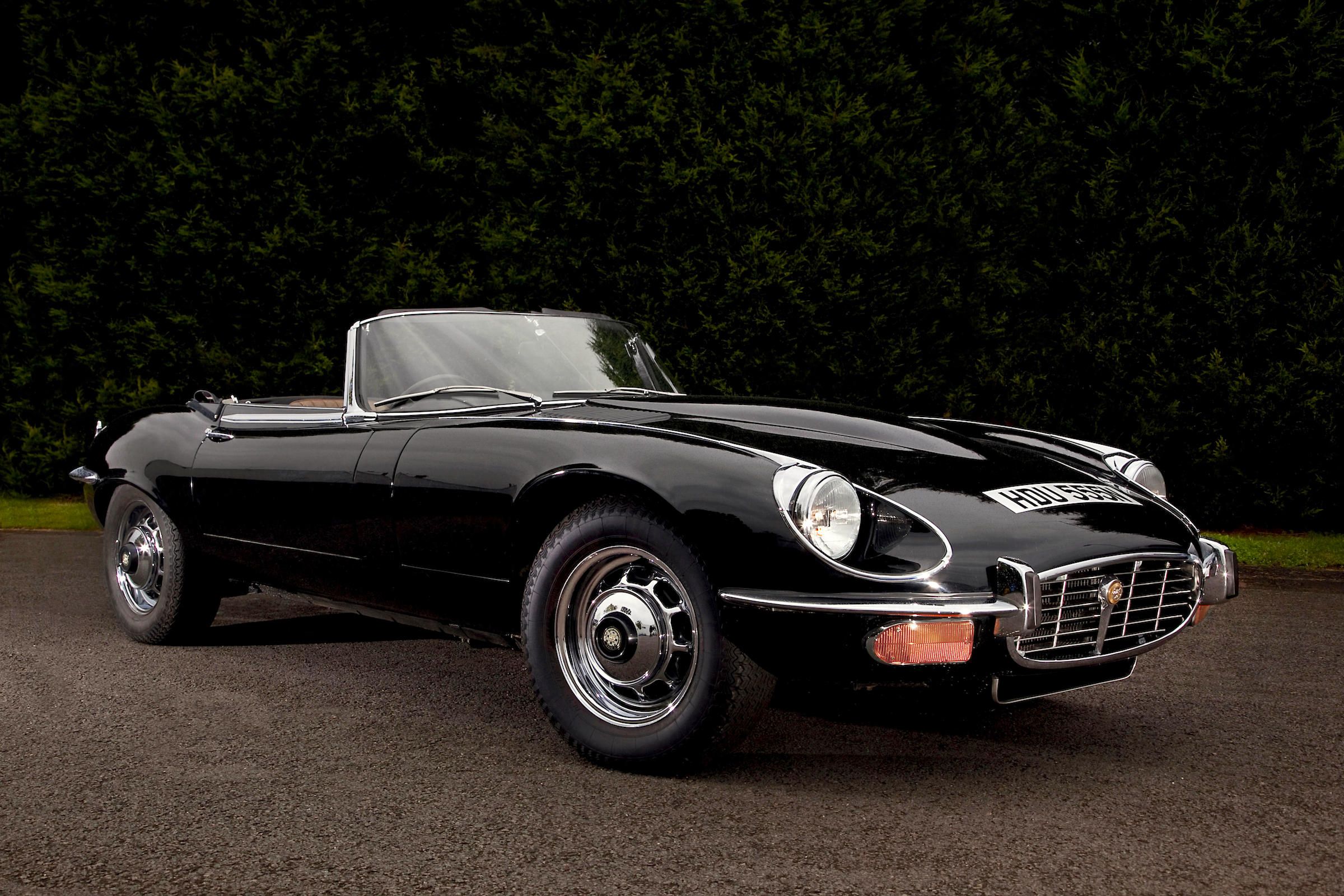
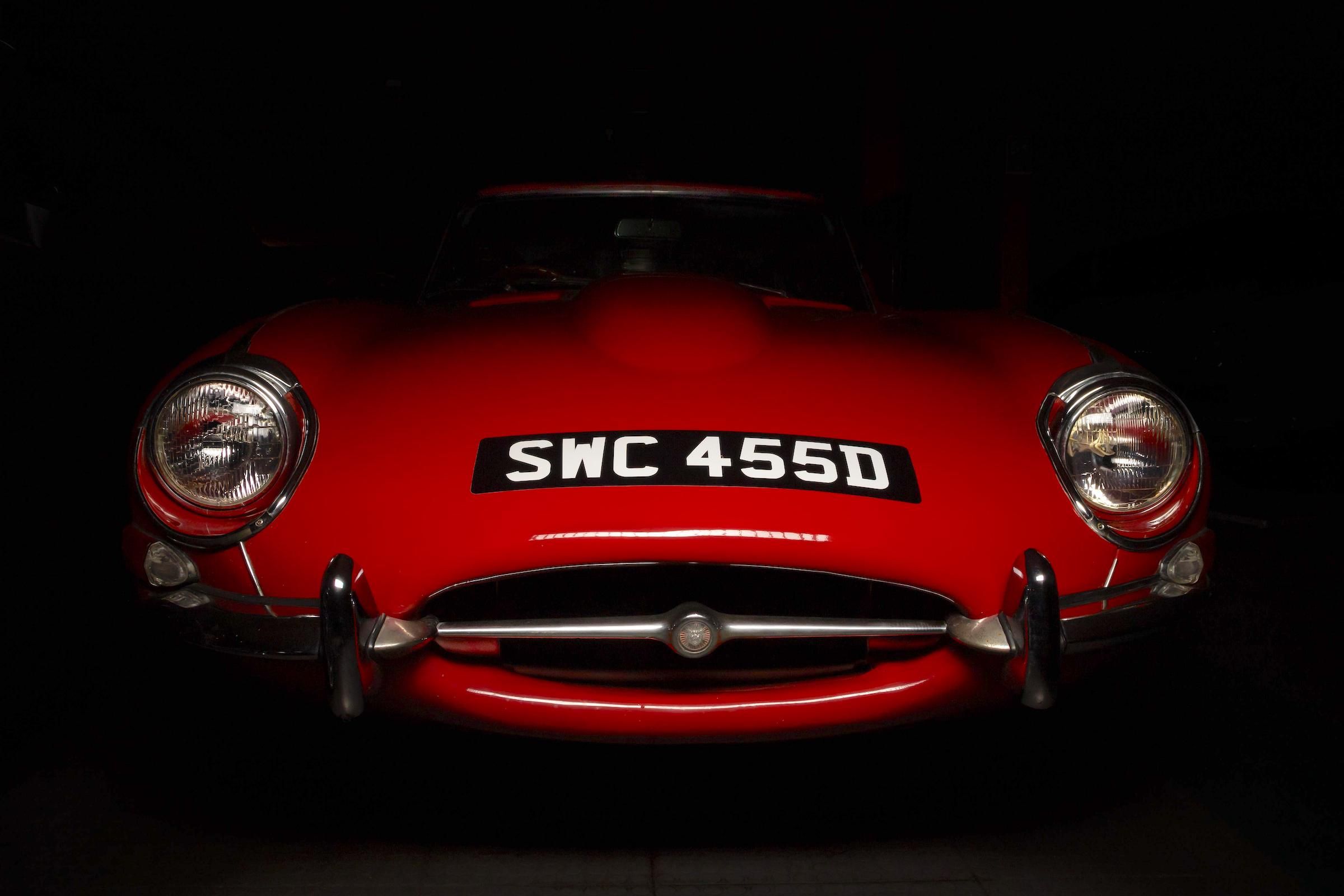
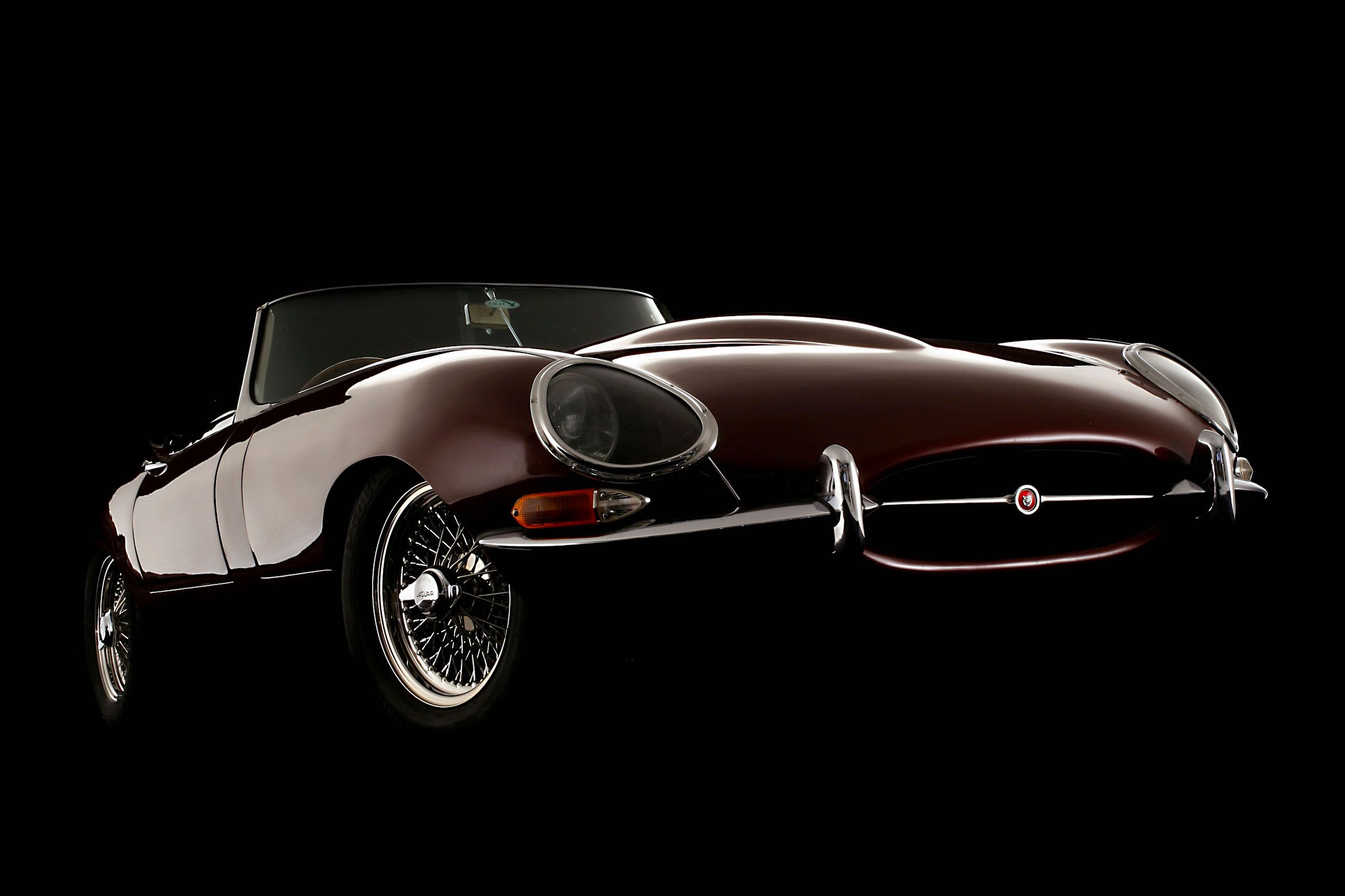
East Coast Defender had been the original choice of moniker until, with prescient acumen, Wallace advised the brothers to initialize it to prevent pigeonholing the firm to a single marque. A little over a decade later, with over 450 Land Rover builds completed and shipped to clients across the continent, the first E.C.D. Jaguar E-Type will have its public unveiling sometime during the first quarter of 2023. The first of the classic cats went into production at the beginning of 2022, marking a new direction for the Land-Rover specialists. The E-Type will be available to customers with gas or electric drivetrains. Wallace also revealed that the firm is taking marques such as Aston Martin and possibly even Alfa Romeo under consideration. Exciting news for lovers of restomods, who crave the visceral driving experience and stunning aesthetics of classic cars but prefer to spend their Sunday driving them, rather than lying under them with a wrench in hand.
Canny Not Lucky
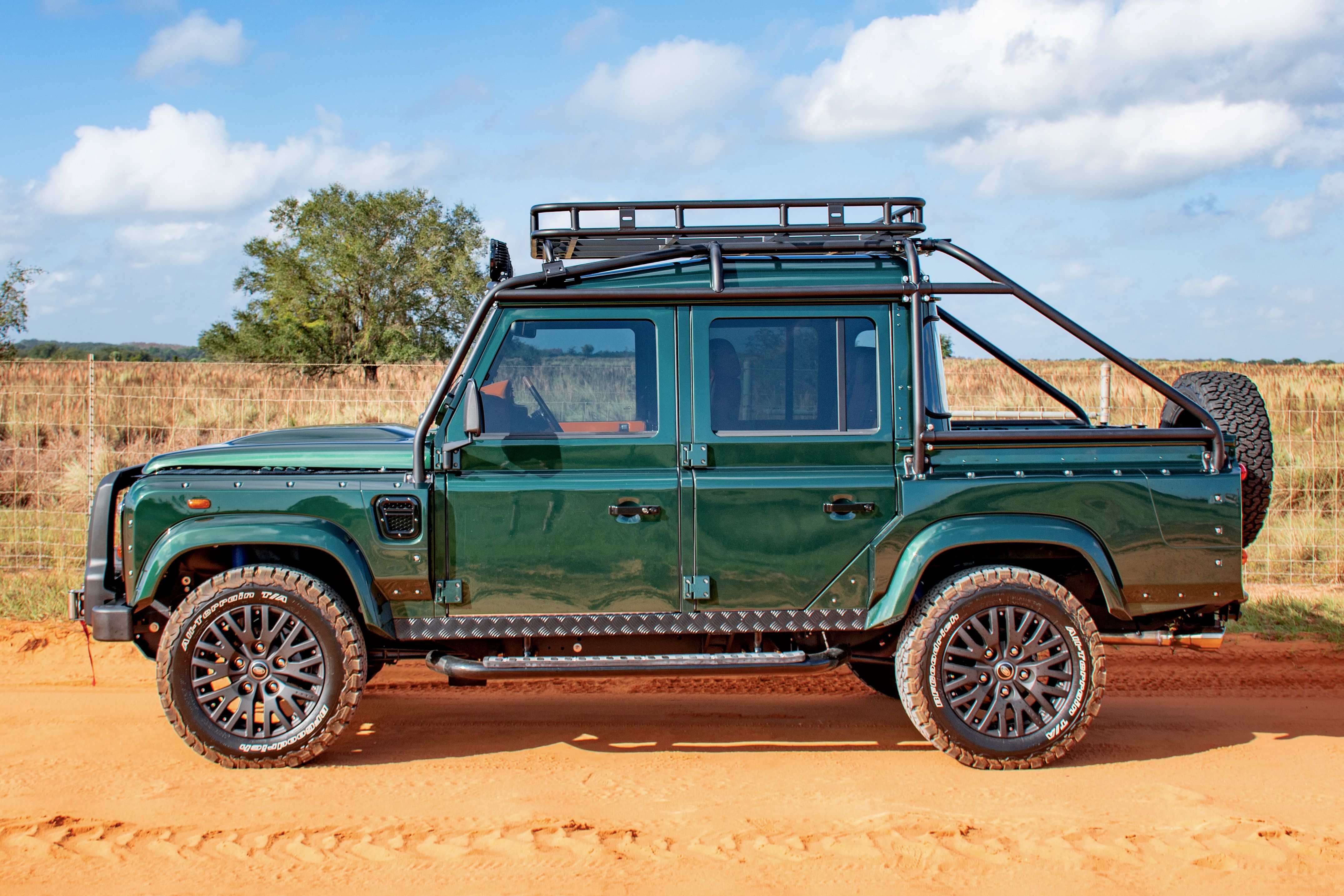
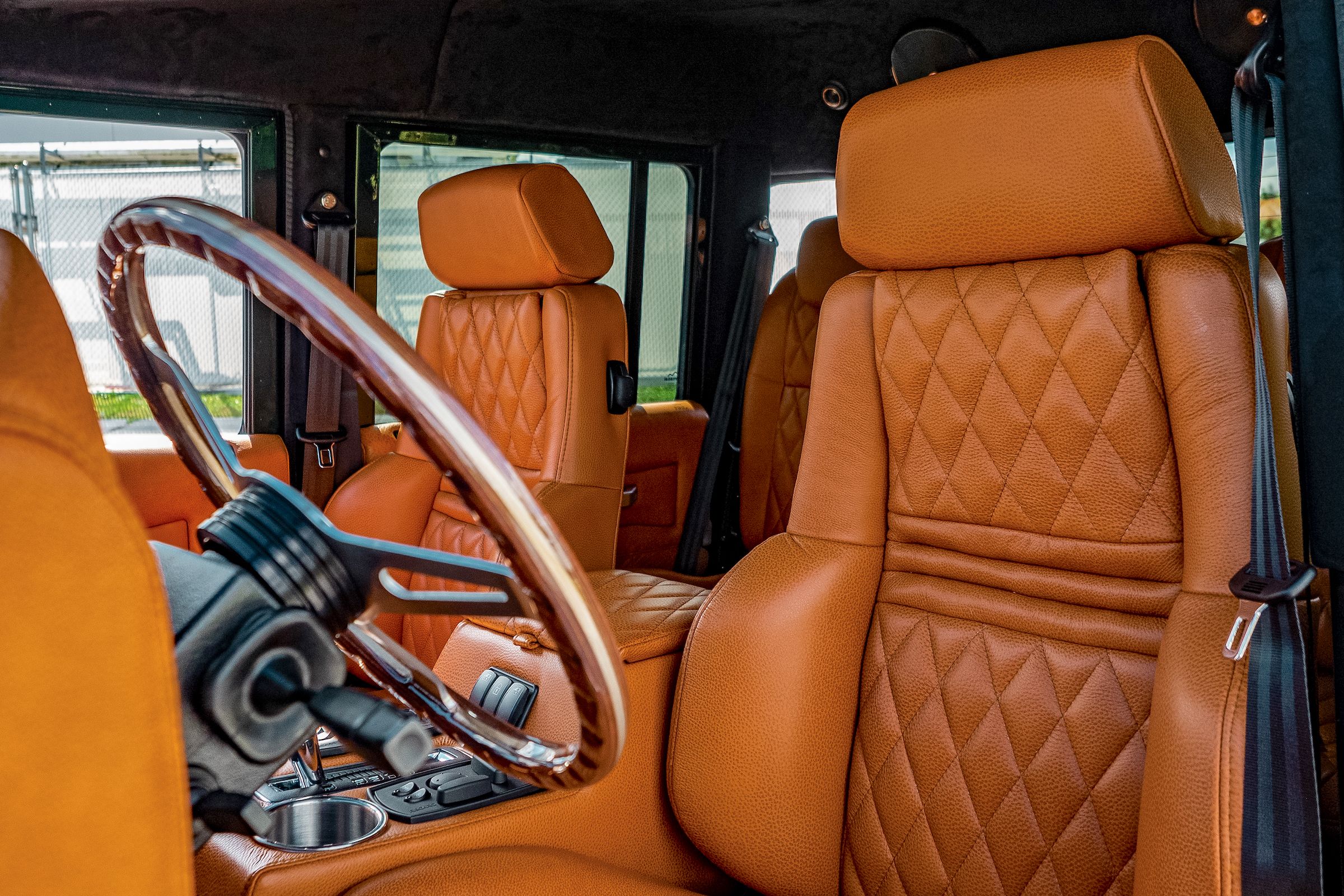
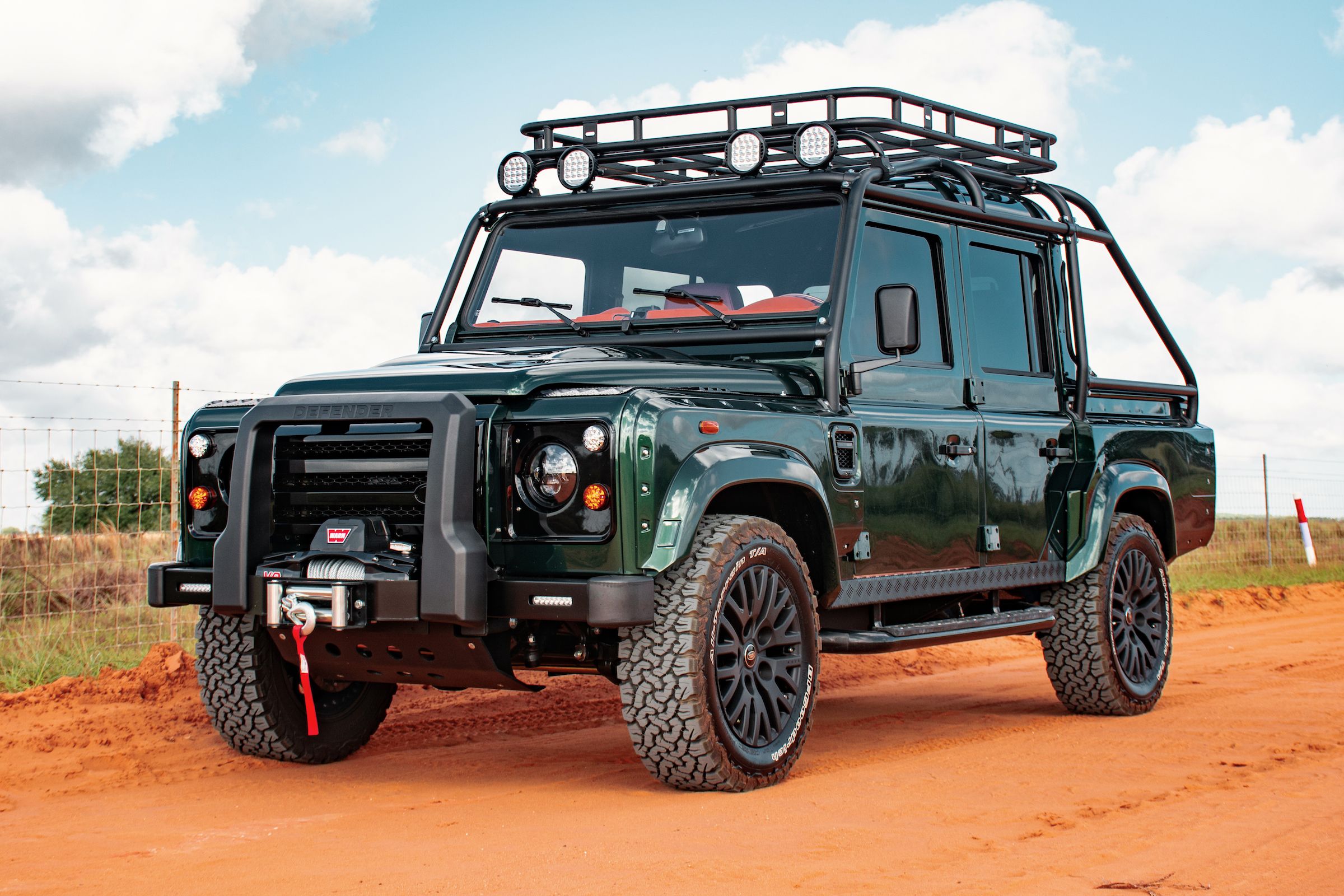
Scott Wallace would have me believe that he and his partners are “just three idiots” who share a love of old cars and the good fortune to turn that interest into a successful business. Although such anecdotes make for agreeable punchlines to any success story, it simply isn’t true. Wallace and his partners are, undoubtedly, passionate car enthusiasts, and their seat-of-your-pants approach to manufacturing may be unconventional, but to reach the point they find themselves at today required building a disciplined, process-oriented, and, above all, consumer-based operation. Wallace also understands the difference between cost and value and, if firms like Aston Martin, Ferrari, and Lamborghini aren't paying attention, perhaps they ought to; at these prices, it’s their lunch E.C.D. are eating.

